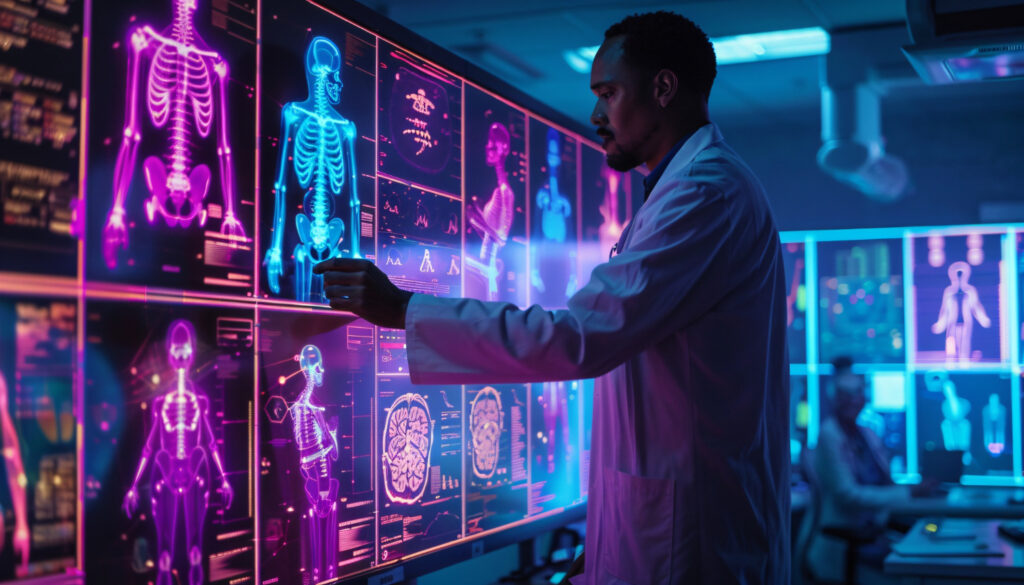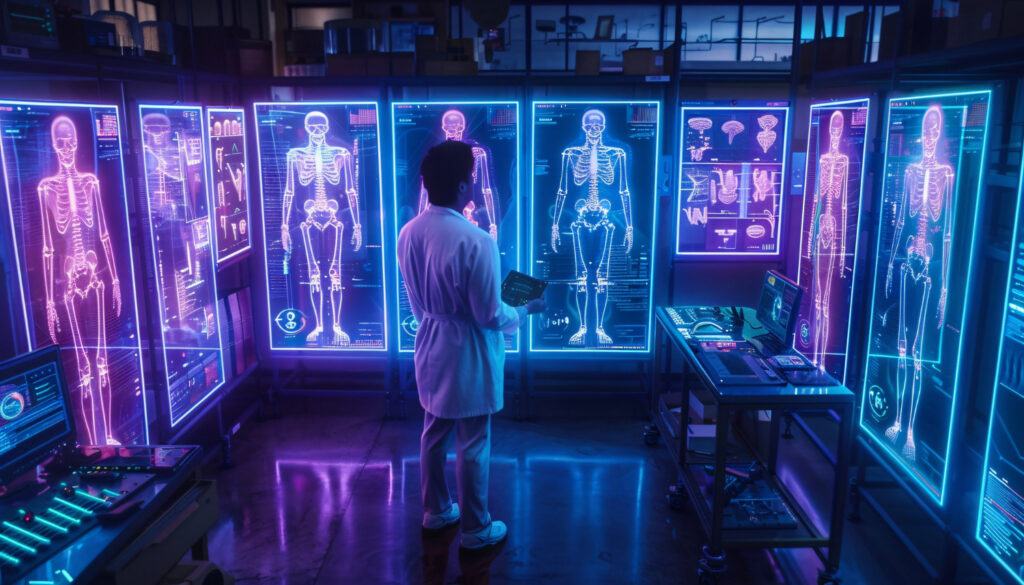The future of radiology is being reshaped by advancements in AI-powered web-based enterprise imaging systems. As healthcare organizations look for solutions that enable better collaboration and streamlined access to diagnostic data, these systems are emerging as essential tools. Among them, Vendor Neutral Archives (VNAs) stand out as a groundbreaking technology that addresses the limitations of traditional PACS (Picture Archiving and Communication Systems).
Transforming Image Management with AI-Powered VNAs
Web-based enterprise imaging systems leverage AI to standardize, store, and manage radiology images and other clinical data, ensuring they are accessible across multiple departments and facilities. Unlike conventional PACS, which often operate in silos, VNAs centralize imaging data in a single, secure repository, allowing for seamless integration and retrieval regardless of the originating device or modality. By utilizing AI algorithms, these systems can automatically tag and categorize images, making it easier for radiologists and clinicians to locate and interpret them. This capability is particularly valuable for large healthcare networks, where accessing patient data in real time is critical for fast and accurate diagnosis. Leading healthcare institutions in the USA, such as the Mayo Clinic, have begun adopting VNAs to consolidate data across their sprawling networks, setting new standards for interoperability and efficiency.
Enhancing Collaboration Across Facilities
A significant advantage of AI-powered web-based imaging systems is their ability to facilitate collaboration across geographically dispersed facilities. With cloud-based access, radiologists can consult on complex cases, share insights, and provide second opinions without the constraints of physical location. This is revolutionizing how radiologists work, making expertise more readily available and improving patient outcomes. Institutions like Massachusetts General Hospital have been pioneers in deploying AI-enhanced imaging systems to support remote consultation and multidisciplinary team discussions. This new paradigm in radiology practice is particularly beneficial for rural healthcare facilities, which often lack specialized radiology expertise on-site.
Ensuring Compliance and Security
As healthcare data regulations become more stringent, compliance and security are paramount. AI-powered enterprise imaging systems incorporate advanced encryption and authentication protocols to safeguard patient information while still enabling accessibility for authorized personnel. Consulting firms like Deloitte have highlighted the importance of these systems in helping healthcare organizations maintain compliance with HIPAA and other regulations, minimizing the risk of data breaches.
The Future Outlook for Web-Based Enterprise Imaging Systems
The adoption of AI-powered web-based imaging systems is set to grow rapidly as healthcare organizations prioritize interoperability and patient-centric care. With the integration of machine learning capabilities, these systems are poised to become even more intelligent, offering predictive analytics to support proactive care management. Leading Ivy League universities, such as Harvard Medical School, are conducting research on integrating AI with enterprise imaging systems to create predictive models that can identify early signs of disease progression, potentially transforming the way radiology supports patient care.
In conclusion, web-based enterprise imaging systems are redefining radiology by providing a scalable, secure, and collaborative solution for image management. As these technologies continue to evolve, they will play a pivotal role in shaping the future of radiology, making advanced imaging services more accessible and impactful across the healthcare spectrum.
References:
- Deloitte – “Leveraging AI in Healthcare: A Strategic Framework for Implementing AI-Powered Imaging Systems”
- Mayo Clinic – “The Role of Vendor Neutral Archives in Streamlining Radiology Operations”
- Massachusetts General Hospital – “Improving Radiology Collaboration Through Cloud-Based Imaging Platforms”
- Harvard Medical School – “AI and Predictive Analytics in Radiology: Research and Future Directions”




